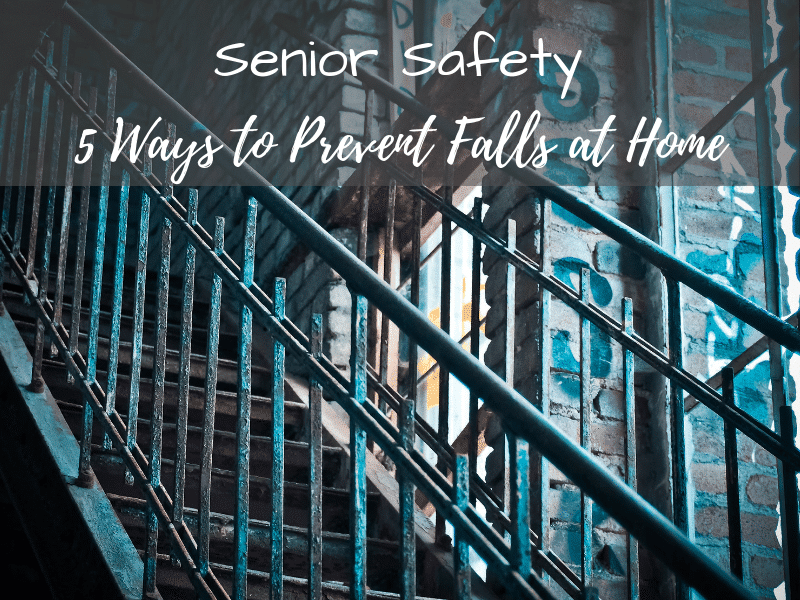
There is nothing quite like the feeling of being safe and sound at home. It’s our sanctity, our safe haven, our respite from the outside world. As we get older, and face physical changes, health conditions, and other limitations, our home can become a minefield of hazards that we don’t even realize are there.
According to the National Center on Aging, falls are the leading cause of fatal and non-fatal injuries for older Americans. The U.S. Centers for Disease Control and Prevention state that:
- One in four Americans aged 65+ falls each year.
- Every 11 seconds, an older adult is treated in the emergency room for a fall; every 19 minutes, an older adult dies from a fall.
- Falls are the leading cause of fatal injury and the most common cause of nonfatal trauma-related hospital admissions among older adults.
- Falls result in more than 2.8 million injuries treated in emergency departments annually, including over 800,000 hospitalizations and more than 27,000 deaths.
We are providing you five areas to check, to make sure that you have the best opportunity to beat the odds, and avoid those dangerous slips and falls.
- Be Active
You need to check with your doctor first, but what activity can you do to stay active? Walking? Swimming or water exercise? Yoga? Find an activity that can keep you moving. This will help improve stability, flexibility, balance and strength.
If you are currently working with a physical therapist, they can suggest exercises you can safely do at home or at a facility you have access to. They can even create a customized program for you to follow.
The type of exercise is less important than just finding exercises you can do, regularly, to build up your strength and stability. Be safe but be active.
Make the time to talk to your doctor, and then get moving, you will feel better, and your stability will improve.
- Check Your Shoes
Sometimes our most comfortable shoes are not necessarily our safest shoes. I recently got rid of a pair of sneakers that I’d had for 5 years because the front of the soul had come loose. These sneakers were comfortable, I liked them, and I was used to wearing them. The problem is, that flap of the soul would catch on the floor or carpet, and it was a trip hazard. I had to address it, either by buying new shoes or buying a tube of Shoe Goo™ and fixing the soul.
Do you have some of your own comfortable shoes that have gotten a little worse for wear? What can you do to make them safe? Can you fix them or get them fixed, or do you need to just replace them? No shoes, no matter how comfortable, are worth risking your safety.
Take the time now to inspect your shoes to ensure they are safe, and not a trip hazard.
- Use Your Assistive Devices
If you have a cane or a walker, be sure you are using it when navigating around your home. It’s easy to get complacent, and leave these devices behind when going to the kitchen, the bathroom, or that quick trip to the bedroom. The problem is, it only takes one little slip, and you can badly injure yourself. It’s not worth it.
Even if you find yourself saying, “I hate that thing”, you have it for a reason, and we strongly encourage you to use it, every time you are walking around. We understand it’s not always convenient, especially if you are trying to carry something, like food or a drink, to the other room. Devise a way you can do those things without leaving your device behind.
In addition to your portable assistance devices, be sure to use other, more permanent, assistive devices in your home. These would include things lke:
- Hand railings on the stairs (be sure they are securely fastened!).
- Nonslip treads for slippery surfaces, like wooden steps or tile.
- Grab bars in the shower and/or tub.
- A seat designed for the shower for sitting while showering.
- Assisted devices for the stairs (although costly, they can be very helpful).
If any of these items would be helpful, but are currently missing from your home, get a referral from a trusted source for a contractor or handyman to help with installation.
- Make Sure Your Home is Safe
While we’re on the topic of assistive devices, it’s also important to make sure all areas of your home are safe. It’s so easy, when we live there, to overlook things that are actually safety hazards…
For example, that pile of mail or newspapers in the living room, or that area rug with the corner that just won’t stay down. When we see these things every day, we get used to them, and therefore blind to just how dangerous they can be.
Here are a few things to watch out for:
- Stacks of boxes, papers, or anything that may be cluttering up the room and could be tripped or slipped on.
- Along the same lines, electric, phone, cable cords that are not taped down or secured. It doesn’t take much to catch your foot on those.
- Any small furniture, like plant stands, end tables, bookcases, that are located in high-traffic areas – consider moving them someplace more out of the way.
- That pesky rug I mentioned above, look for any rugs that are frayed or have a corner or corners sticking up. Either secure it with double sided tape (they make some specifically for rugs), or consider removing the rug altogether.
- Do you have any floorboards or tiles that are loose? It may seem obvious, but, again, when we live with something every day, it’s so easy to overlook, even a loose tile or floorboard.
- Be sure you have your extra clothes stored within easy reach, so you don’t have to reach too high or use a step stool. The same goes for dishes, food, and anything else you need to access frequently.
- Be sure to clean up any spills immediately. If it’s oil or grease based, be sure to use a cleaner to remove any slippery residue.
- Use non-slip surfaces where possible, on the stairs, in the bathroom, in the kitchen. Anywhere that floors tend to be wet or slippery.
We’ve put together a Home Safety Checklist for you, so you can go, room by room, and make sure you take care of any safety hazards that may be lurking in the shadows of your home.
- Light Up Your Life
Along the lines of safety in your home, but important enough to warrant it’s own section, let’s talk about the lighting inside your home. The shadows can mask other trip hazards, or maybe just make it difficult enough to see, that it’s easy to misstep and fall. As we get older, especially, our eyes don’t adjust quite as quickly to the change as we switch lights off. Here are a few ideas to help protect you from those shadows…
- Nightlights – not just for young children, place nightlights in the bathrooms, hallways, and dark corners of the bedroom to help navigate until you can turn the light on.
- Make sure your nightstand has a lamp that’s easy to reach, in case you need to get up in the middle of the night.
- Consider switching out standard wall light switches with glow in the dark switches, to help you navigate to them.
- Be sure you have a clear walking path to any lights or switches that are not right at the room’s opening. Aside from the danger, it really hurts running into a piece of furniture you can’t see in the dark.
- Store flashlights throughout the house in case of a power outage. You can also use the flashlight of your cell phone in a pinch.
- Be sure you turn on the light before going up or down any stairs, it just makes good sense.
We hope you find these tips helpful. If you have any questions, or would like to speak to one of our specialists, you can contact us by Clicking Here, or you can call us at (678) 494-8129. In case you missed it above, to download our handy Home Safety Checklist, Click Here.

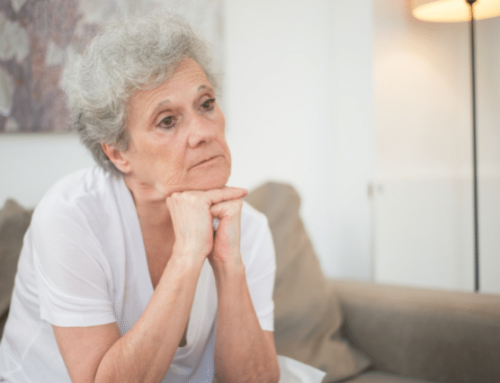
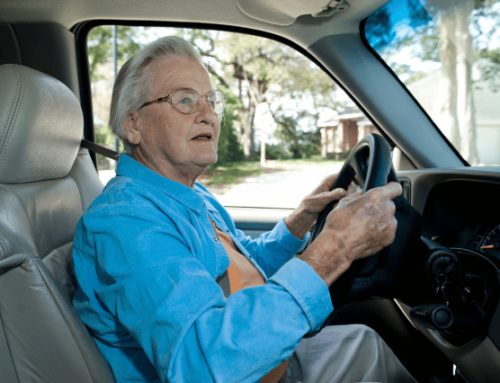
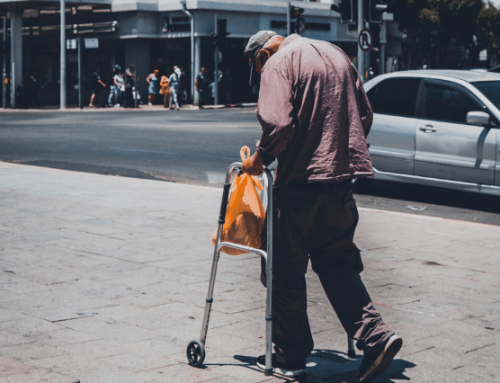
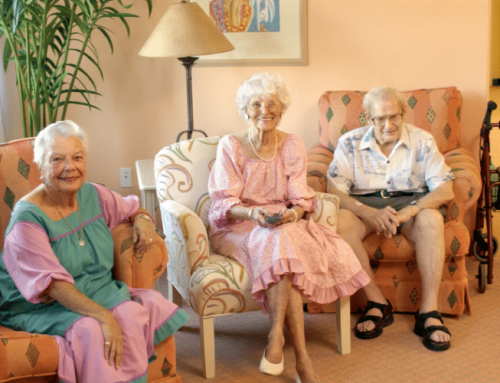
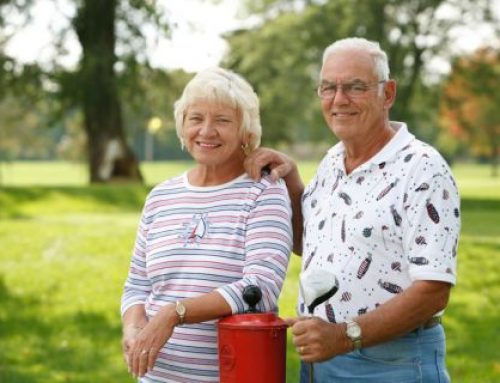
Great post. It’s so easy to say, “I don’t need my cane around the house,” but it’s also so easy to fall without that assistive support! Is it complacency, or laziness, or pride? Whatever the reason, think of the tragic consequences of a fall, not only for oneself, but for family members, too. Be careful, even at home.